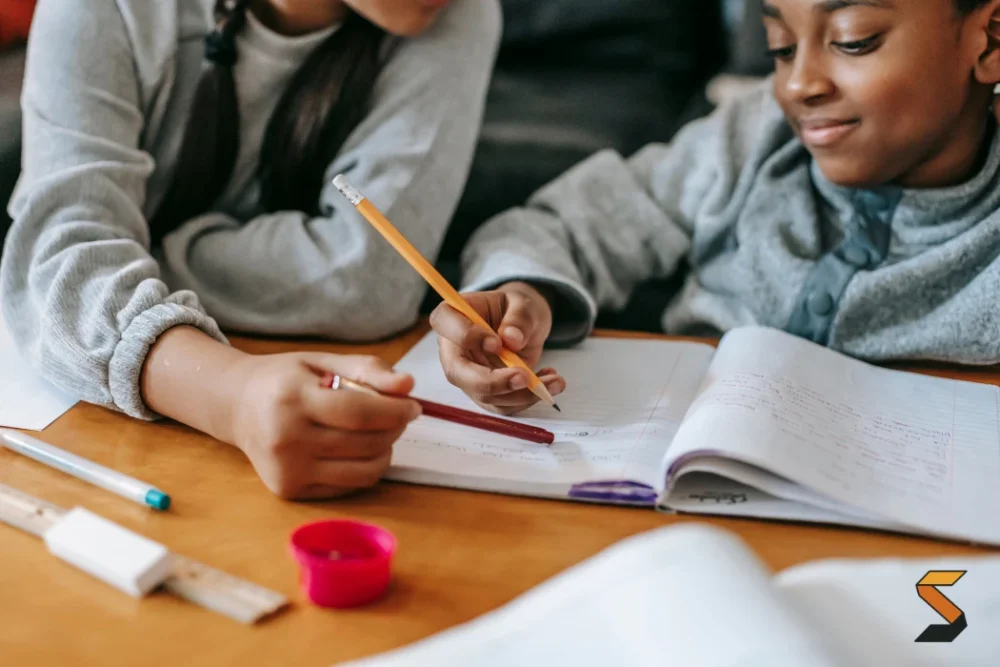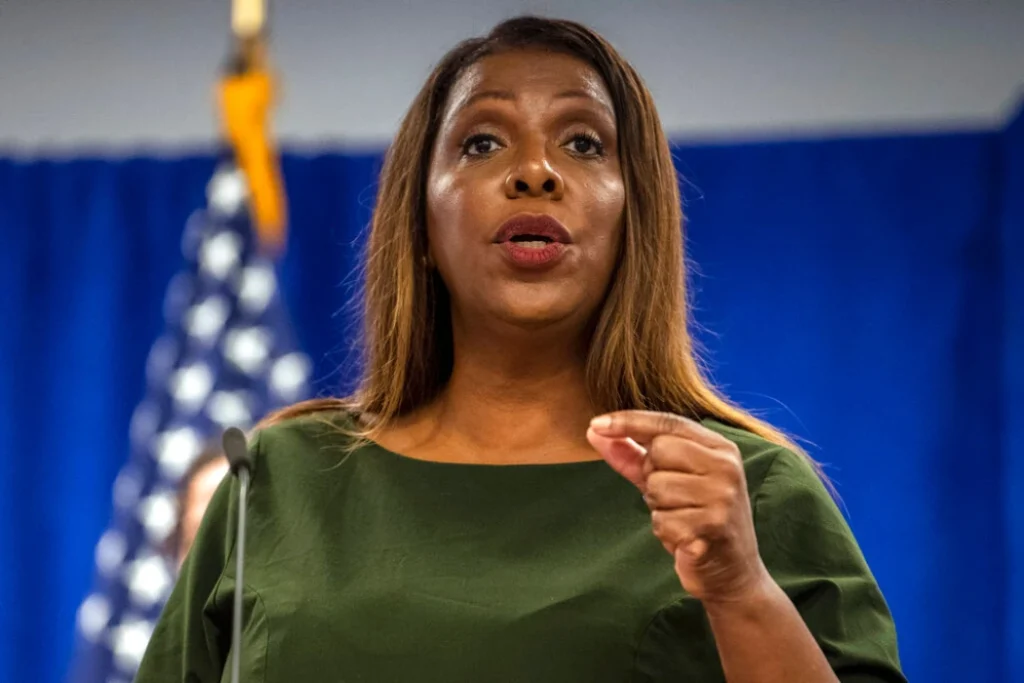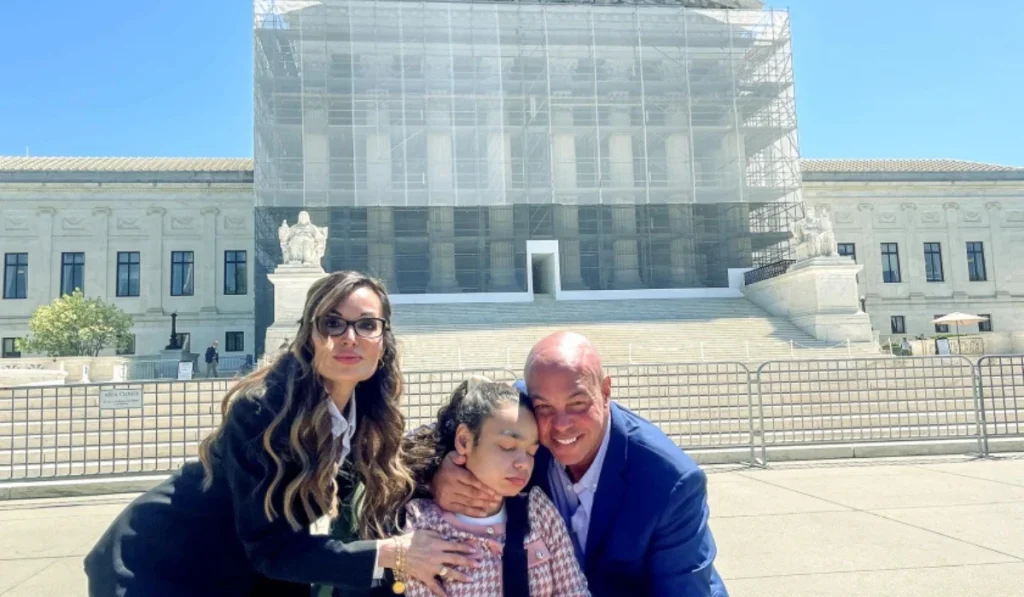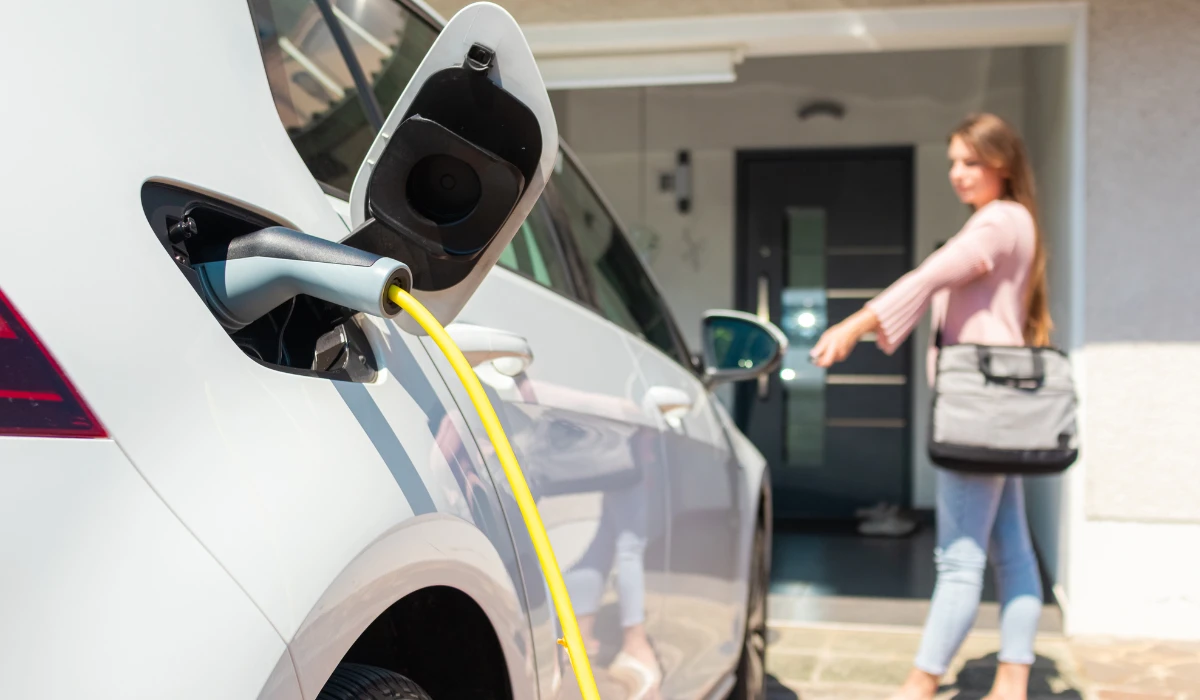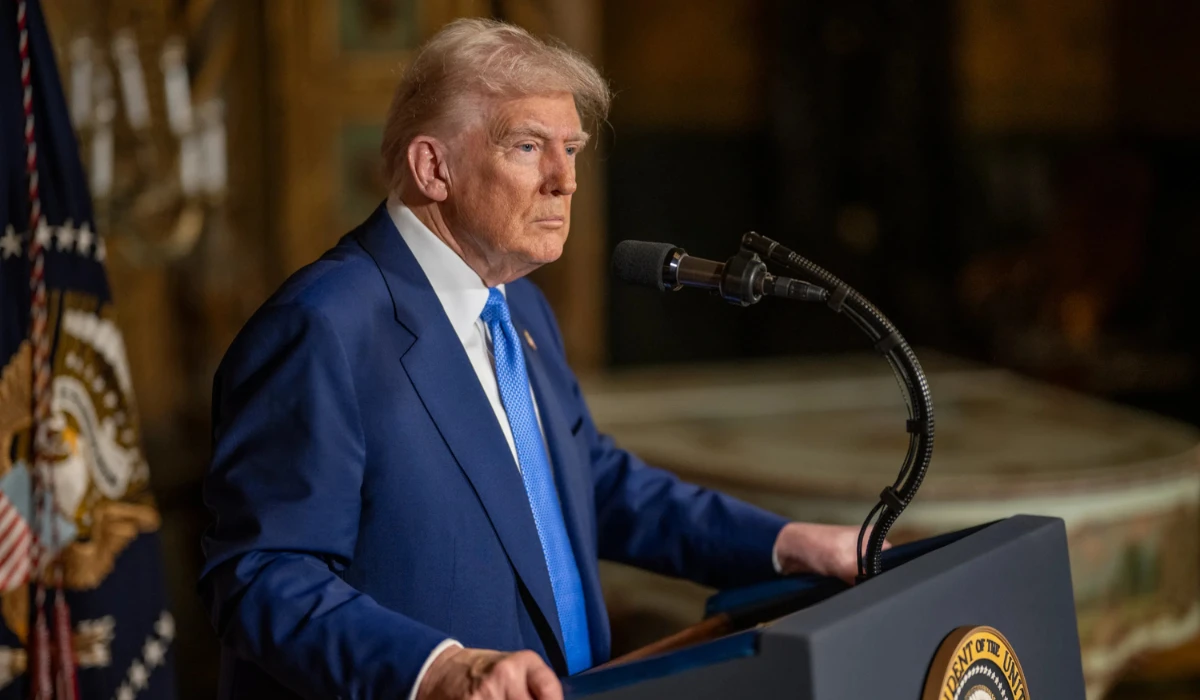From Governor Hochul’s bold stance on cellphone use to evolving discussions around school choice and the future of religious education, the decisions being made today will undoubtedly shape the academic journey for countless students across New York State. It’s a transformative moment, where the intersection of state mandates, community input, and judicial review is more evident than ever.
The Bell Tolls for Cellphones: A Push for Focus
Governor Kathy Hochul’s administration is championing a significant shift in classroom dynamics with a proposed “bell-to-bell” cellphone ban in New York schools. This isn’t just a suggestion; it’s a determined effort to reclaim student focus and mental well-being from the pervasive grip of digital distractions. With over 150 New York school districts having already submitted plans to restrict cellphone use, the momentum is palpable. The governor has been unequivocal in her rationale, stating, “We’re protecting children’s mental health.” This isn’t merely about academic performance; it’s about addressing the growing concerns around tech-related anxiety, social media addiction, and the undeniable impact these issues have on our children’s developing minds.
The data supports the urgency of this initiative. A 2023 survey by the Pew Research Center revealed that a staggering 95% of teens have access to a smartphone, and nearly half report being online “almost constantly.” This constant digital connectivity often bleeds into the classroom, hindering concentration and fostering a culture of distraction. While some argue that cellphones are essential for emergencies or learning tools, the counter-argument, powerfully articulated by educators and parents alike, highlights the detrimental effect on genuine human interaction and deep learning. This policy, while met with mixed reactions, underscores a critical conversation about the appropriate role of technology in our children’s education and overall well-being. It’s a courageous move that aims to foster a more present and engaged learning environment, and frankly, it’s long overdue.
Leadership on the Island: A New Chapter in Malverne
On Long Island, the Malverne Union Free School District embarks on a new chapter with Maria Rianna officially stepping into her role as superintendent. Rianna’s appointment isn’t just a personnel change; it represents a commitment to experienced and insightful leadership. Having previously led the Glen Cove district, she brings over a decade of executive-level educational experience to Malverne. Her track record suggests a leader adept at navigating the complexities of school administration, fostering positive educational environments, and advocating for student success.
For the parents and educators of Malverne, this is an opportunity for fresh perspectives and continued growth. A superintendent’s vision can profoundly impact everything from curriculum development to community engagement, and Rianna’s extensive background will undoubtedly be a valuable asset. Her transition symbolizes the dynamic nature of educational leadership, where seasoned professionals bring their expertise to new communities, aiming to build upon existing strengths and address evolving challenges. We’ll be keenly watching to see the positive impact her leadership will undoubtedly bring to the students and staff of the Malverne Union Free School District.
The School Choice Debate: A Federal Push Meets State Resistance
On the national stage, a new federal tax credit poised to expand school choice is sparking considerable debate, especially in states like New York. This initiative aims to offset private school tuition costs, theoretically offering families more educational options. While proponents argue it empowers parents and fosters competition, Democratic-leaning states, including New York, face a difficult decision: participate and potentially divert funds from public schools, or decline and limit options for some families.
The argument for public education as the cornerstone of democratic society is deeply ingrained in New York. Critics of the tax credit express concern that it could undermine public school systems, which are already grappling with funding challenges. Data from the National Center for Education Statistics (NCES) consistently shows that public schools educate the vast majority of American students, and significant investment is required to ensure their continued success. The debate isn’t just about economics; it’s about the very philosophy of education – whether public funds should primarily support a universal system or be leveraged to support a wider array of educational choices, including private institutions. This federal initiative forces states to confront these fundamental questions, and New York’s decision will have far-reaching implications for its educational future.
Yeshivas and Equivalence: A Legal Standoff
Adding a layer of legal complexity to New York’s educational landscape is the ongoing dispute surrounding three Brooklyn yeshivas. A judge has temporarily paused the New York State Education Department’s ruling, which accused these religious schools of failing to provide a “substantially equivalent education” to that offered in public schools. This judicial intervention halts enforcement while legal arguments play out, underscoring the perennial tensions between religious education autonomy and state academic standards.
This isn’t a new conversation. For years, there have been discussions and legal challenges surrounding the oversight of non-public schools, particularly those with a strong religious curriculum. The state’s position is rooted in its responsibility to ensure all children receive an education that prepares them for civic life and future opportunities, regardless of the school they attend. However, religious institutions often argue for their right to educate children according to their deeply held beliefs, sometimes viewing state oversight as an infringement on religious freedom. This temporary pause highlights the intricate balance the courts must strike between upholding educational standards and respecting religious liberties. The outcome of this legal battle will undoubtedly set a precedent for future interactions between the state and religious schools, impacting the educational trajectories of thousands of students.
NYC to Add 5,000 New After-School Seats This Fall in Major Expansion
New York City is expanding its after-school programming this fall with the addition of 5,000 new seats for elementary students, part of Mayor Eric Adams’ broader push to support working families and enrich student development. The free programs, which will run until 6 p.m. for K-5 students in all five boroughs, aim to prioritize neighborhoods with the greatest need. “This fall, those 5,000 children… will have a safe and nurturing place to go when the school day ends,” Adams said at a press conference held at P.S. 152 in the Bronx.
Looking ahead, the city plans to add 15,000 more seats by 2027, reaching an estimated 184,000 total spots. The expanded offerings will include sports, arts, and enrichment activities, with an anticipated annual cost of $331 million. While there’s uncertainty surrounding the renewal of federal pandemic-era education funding, Adams emphasized that the city remains committed to fully implementing the after-school initiative regardless of the funding outcome.
These developments, collectively, paint a vivid picture of a state deeply engaged in shaping the future of its education system. From the micro-level impact of a cellphone ban on daily classroom life to the macro-level legal battles defining the boundaries of educational autonomy, New York is at the forefront of critical conversations that will resonate for years to come. It’s a period of significant change, driven by a collective desire to enhance student well-being and academic achievement in an ever-evolving world.

